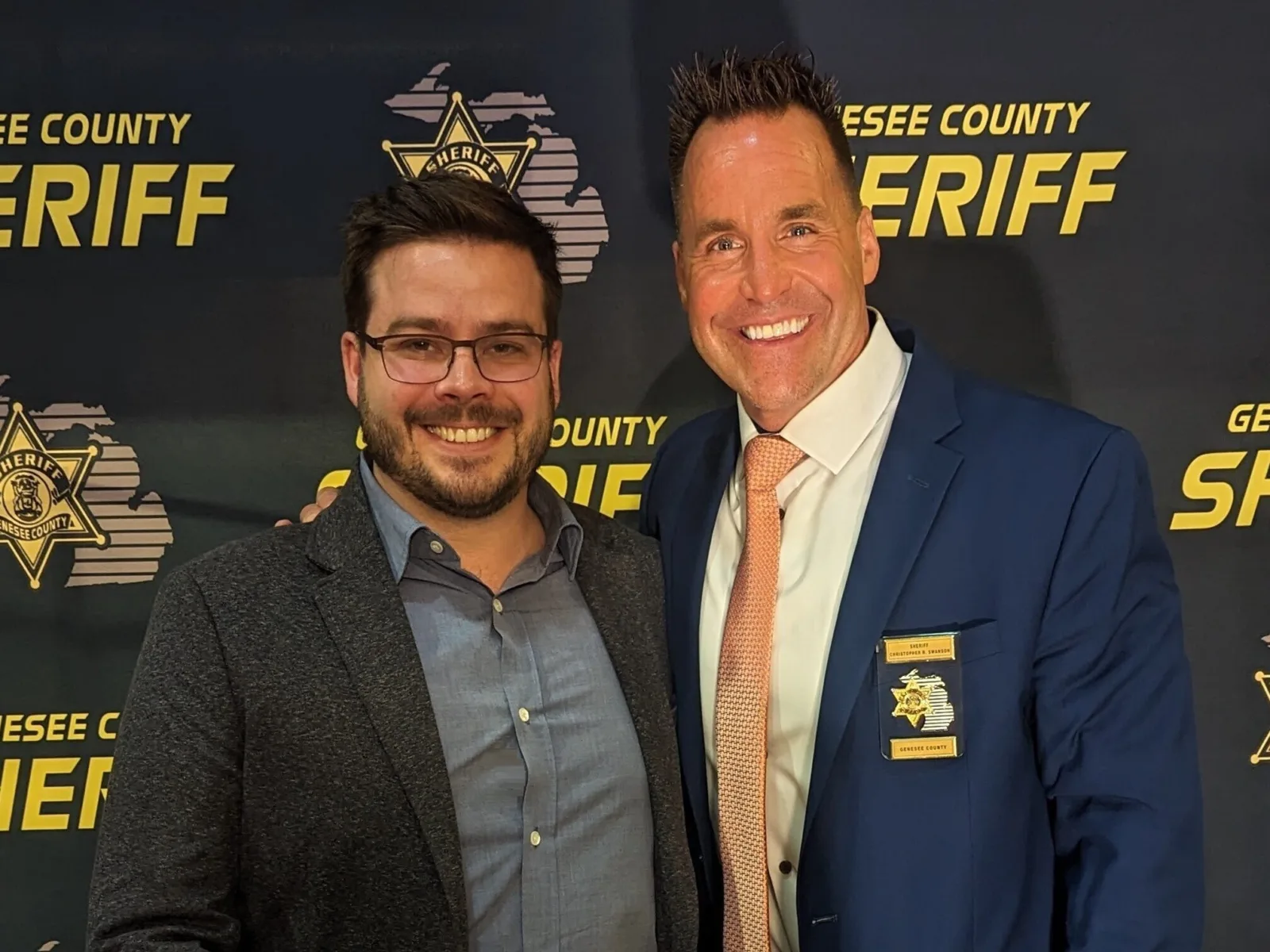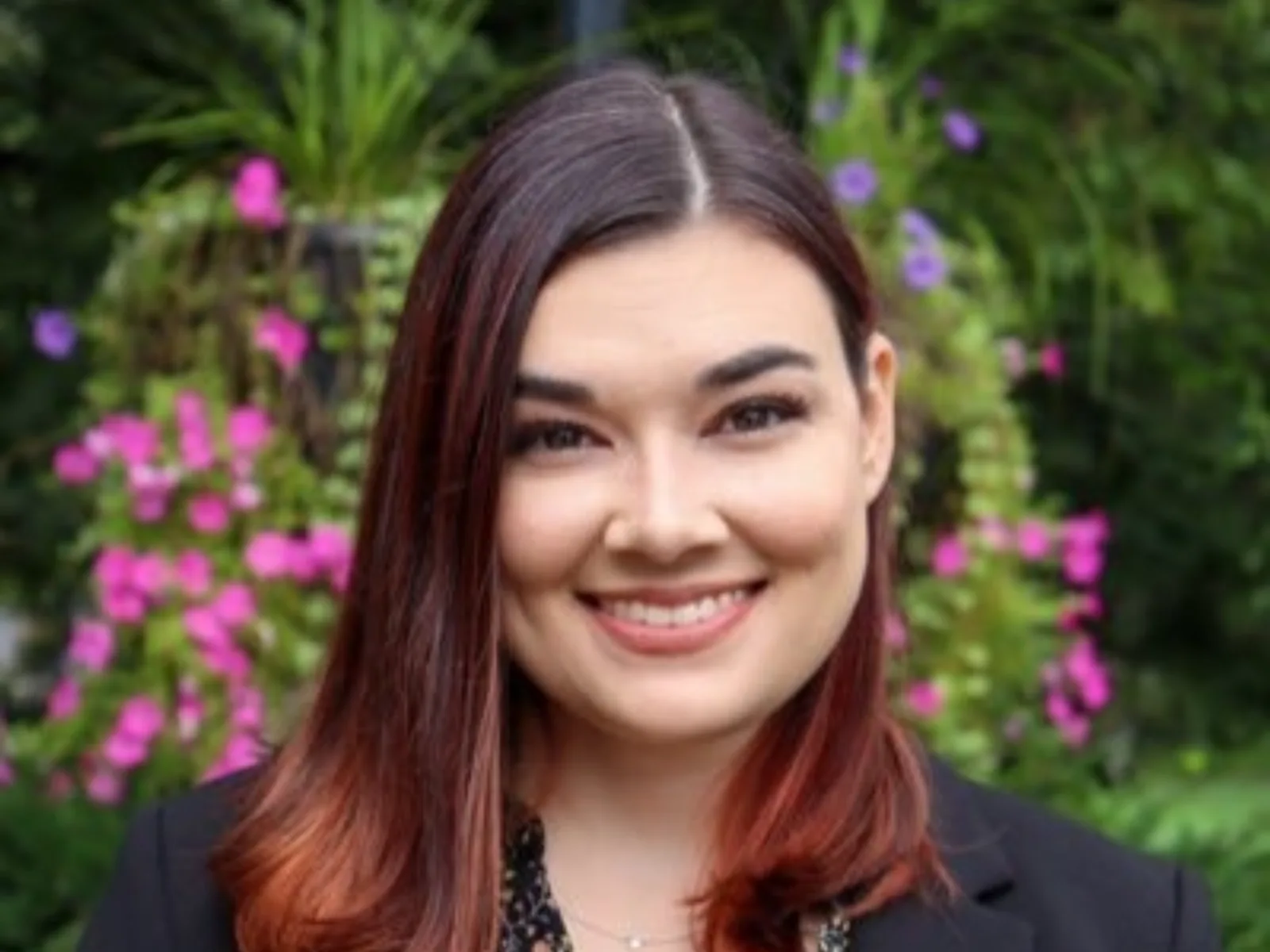Across the country, city officials are looking for solutions to the violence that plagues youth and young adults in historically under-served neighborhoods. In 2015, the Crime Lab at the University of Chicago and the MacArthur Foundation invited Chicago-area nonprofits to submit new designs for youth violence reduction programs.
What emerged was the Choose to Change program, submitted by Brightpoint and Youth Advocate Programs, which combines trauma-informed therapy, cognitive behavioral therapy (CBT), and wraparound support for high-risk youth. The program aims to reduce youth violence and justice-system contact while improving educational outcomes.
Arnold Ventures (AV) is supporting the Crime Lab’s evaluation of Choose to Change. Specifically, researchers Nour Abdul-Razzak and Kelly Hallberg have conducted a large-scale randomized controlled trial (RCT) of the program. Their study tested whether Choose to Change can effectively reduce violence and criminal justice involvement and increase educational engagement. Initial results published in a new working paper show highly promising outcomes on arrests and other measures.
“Research shows that CBT is an effective tool for preventing individuals from being involved in violence, but delivering CBT to at-risk youth can be a challenge,” says Jennifer Doleac, executive vice president for criminal justice at AV. “Choose to Change is particularly intriguing because it addresses recruitment and scalability challenges, connects participants to services which address the root causes of violence, and appears to yield violence reduction effects that last for years.”
AV sat down with Abdul-Razzak to talk about the importance of CBT-based, trauma-informed youth violence programs and how research can help inform effective policy.
This conversation has been edited for clarity.

Arnold Ventures
What is the Choose to Change program?

Nour Abdul-Razzak
Choose to Change combines intensive wraparound and mentoring support with group-based, trauma-informed CBT. It is a six-month program that relies on mentoring to reach and meet the needs of young people at high risk of disconnecting from school and engaging in the criminal legal system. At the Crime Lab, we were really excited about this idea because CBT programs are known to be effective in schools and detention centers. We want to engage young people who are beginning to disconnect from school and have other needs, such as food insecurity or housing instability, that prevent them from engaging in supportive services. And we don’t want to wait until they are in the detention center to reach them and give them the tools to navigate challenging situations.

Arnold Ventures
Why is it important to use this kind of approach?

Nour Abdul-Razzak
These types of programs try to address some of the root causes of disparities in safety and opportunity. The primary policy lever in the past has been to rely on incarceration and policing. That has shown to be extremely costly, especially for communities of color. It is promising that nonprofit organizations and policymakers are trying to invest in people and their communities. We know from a large body of research that building mental health resources and cognitive behavioral tools can be really effective in helping people learn alternative responses to challenging situations. Programs like Choose to Change address some of the inequities in the system and hopefully increase opportunities in the community as well.

Arnold Ventures
How did you become interested in this issue?

Nour Abdul-Razzak
My research interest came out of trying to understand the structural causes of inequality in our society. Early on in my academic career, I saw how almost any social issue that I was interested in, whether it was education or health, had connections to the criminal justice system. I wanted to better understand the criminal justice system at large and the kinds of policies and programs that can reduce people’s engagement with it, specifically for young people.

Arnold Ventures
What have you learned so far from your research?

Nour Abdul-Razzak
I started this project in 2015 with my co-author, Kelly Hallberg, when we were both at the Crime Lab. The RCT ran for about four years. We randomized more than 2,000 high-risk youth into the study over that time and followed them using administrative data about criminal justice contact and engagement in school for at least three years after randomization. The results are quite promising.
Over two years, we found that youth offered the program experienced an 18% reduction in the probability of being arrested for any crime and a 23% reduction in the probability of being arrested for a violent crime compared to the control group, and these results persisted for up to three years after randomization. We were surprised to see the large magnitude of the effect and that it persisted. With many youth behavioral interventions, we see benefits when young people are actively engaged in services, but they often fade after they are done with the program.
Overall, the evidence shows that programs like Choose to Change can be very effective and certainly worthwhile for policymakers to invest in. But we should also be thinking more broadly about policing systems, and what could change to reduce overall justice contact, given that Choose to Change did not reduce the likelihood of youth being stopped by police.

Arnold Ventures
How could a program like Choose to Change potentially benefit community safety?

Nour Abdul-Razzak
Crime and arrests can be very costly for both the people involved and society at large. This program reduces young people’s likelihood of committing crimes and being arrested, so it is reducing community costs. And the largest effects are coming from reductions in arrests for violent offenses, which suggests that it can improve community safety. Beyond that, the types of support that programs like Choose to Change offer can help young people get out of survival mode. It gives them opportunities to invest in other aspects of their lives. The other part of our paper, which we have not finished yet, is evaluating the impact of Choose to Change on educational outcomes.

Arnold Ventures
Why is it important to do rigorous research when making decisions about public policy?

Nour Abdul-Razzak
Doing this type of research helps us understand the actual effects of these programs. The nonprofits that run Choose to Change are very committed to the youth they serve. It was interesting to see that Youth Advocate Programs, which normally just does intensive mentoring, realized the benefit of adding CBT to their services across the country. They were able to learn this in real time, as our results were coming out. Research can help nonprofits better understand the impact of the work that they are doing and improve on it. It can also shift policy. Once we had initial promising results, we had conversations with Chicago Public Schools, which then invested in the program to expand and scale it. Nine years ago, Choose to Change was serving cohorts of 100 people. At this point, they are serving between 500 and 1,000 youth at a time. And they are now training other Chicago organizations to run similar programs. These research partnerships can be really effective as they give policymakers and nonprofits evidence to invest in the things that work.






















